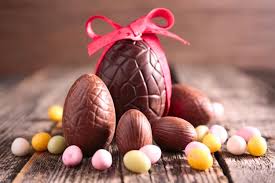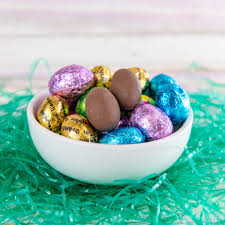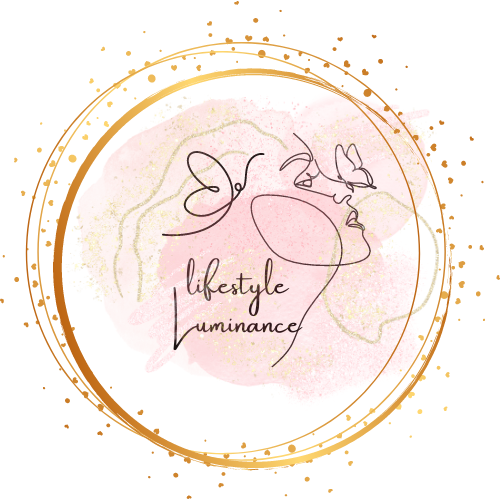Easter is a cherished holiday celebrated by millions worldwide. Among its many traditions, Easter candy holds a special place in the hearts of children and adults alike. These colorful and delicious treats have become a staple of Easter festivities, symbolizing joy, renewal, and the arrival of spring. From chocolate bunnies to marshmallow chicks, Easter candy has a rich history and cultural significance that makes it an integral part of the celebration. In this article, we delve into the origins, varieties, and continued popularity of Easter candy.

The Origins of Easter Candy
The connection between sweets and Easter dates back centuries. Historically, Easter marks the end of Lent, a 40-day period of fasting and penance observed by Christians. During Lent, many people abstained from consuming rich foods, including sweets. Easter, therefore, became an occasion for indulgence and celebration, leading to the tradition of gifting and consuming candy.
The first Easter candies were simple sugar confections shaped like eggs, a symbol of new life and resurrection. Over time, chocolate became the centerpiece of Easter treats, thanks to advancements in confectionery and the increasing popularity of cocoa in Europe during the 19th century. The industrial revolution further transformed Easter candy production, making it more accessible to the masses.
Table of Contents
Popular Types of Easter Candy

Easter candy comes in many shapes, flavors, and textures. Here are some of the most beloved varieties:
1. Chocolate Bunnies
- History: The tradition of chocolate bunnies dates back to 19th-century Germany, where the Easter hare was a symbol of fertility and abundance.
- Modern Appeal: Today, chocolate bunnies come in various sizes and flavors, from classic milk chocolate to gourmet dark and white chocolate varieties.
2. Easter Eggs
- Chocolate Eggs: Filled with caramel, cream, or peanut butter, chocolate eggs are a favorite treat for all ages.
- Plastic Eggs: Often filled with candy or small toys, these eggs are used in Easter egg hunts, a popular activity among children.
3. Jelly Beans
- Symbolism: These colorful, bean-shaped candies symbolize the rebirth of spring and the joy of Easter.
- Flavor Variety: Jelly beans come in a myriad of flavors, from fruity classics to unique and unexpected combinations.
4. Marshmallow Treats
- Peeps: These iconic marshmallow chicks and bunnies have become synonymous with Easter. Available in various colors and flavors, Peeps are a nostalgic favorite.
5. Candy-Coated Chocolates
- Examples: M&M’s and Cadbury Mini Eggs are popular choices, offering a crunchy shell and a creamy chocolate center.
6. Licorice and Gummies
- Shapes: These candies often come in Easter-themed shapes like bunnies, carrots, and flowers, adding a playful touch to the holiday.
The Role of Easter Candy in Modern Celebrations
Easter candy has transcended its religious origins to become a universal symbol of springtime joy. It plays a central role in various traditions, including:
1. Easter Egg Hunts
- Children eagerly search for hidden eggs filled with candy, creating memories that last a lifetime.

2. Easter Baskets
- Filled with candy, toys, and other treats, these baskets are a cherished gift for children and adults alike.
3. Sharing and Gifting
- Exchanging Easter candy with friends and family fosters a sense of community and goodwill.
The Global Appeal of Easter Candy
Easter candy traditions vary around the world, reflecting diverse cultures and tastes:
- United States: Chocolate bunnies, Peeps, and jelly beans dominate the market.
- United Kingdom: Cadbury Creme Eggs and Hot Cross Buns are popular Easter treats.
- Australia: Chocolate bilbies, an alternative to bunnies, raise awareness for endangered native animals.
- Italy: Colomba di Pasqua, a dove-shaped cake, is a traditional Easter dessert.
- Germany: Marzipan eggs and chocolate hares are staple treats.
Healthier Alternatives and Trends
As consumers become more health-conscious, the confectionery industry has adapted by offering:
- Sugar-Free Options: Low-sugar and sugar-free candies cater to those with dietary restrictions.
- Organic and Natural Ingredients: Many brands now use natural flavors and colors.
- Vegan and Gluten-Free Choices: Ensuring inclusivity for people with dietary preferences or allergies.
Fun Facts About Easter Candy
- The largest chocolate bunny ever made weighed over 9,000 pounds and stood over 12 feet tall.
- Americans consume over 16 billion jelly beans each Easter, enough to circle the globe three times.
- The first chocolate Easter egg was made in France and Germany in the early 19th century.
- Peeps were originally handmade and took 27 hours to produce. Today, machines can create them in just six minutes.
Conclusion
Easter candy is more than just a collection of sweets; it’s a tradition that brings people together, evokes nostalgia, and adds a touch of magic to the holiday. Whether you’re biting into a chocolate bunny, savoring a marshmallow Peep, or enjoying the vibrant colors of jelly beans, Easter candy represents the joy and renewal of the season. As new trends and innovations emerge, this beloved tradition continues to evolve, ensuring that Easter remains a sweet celebration for generations to come.
